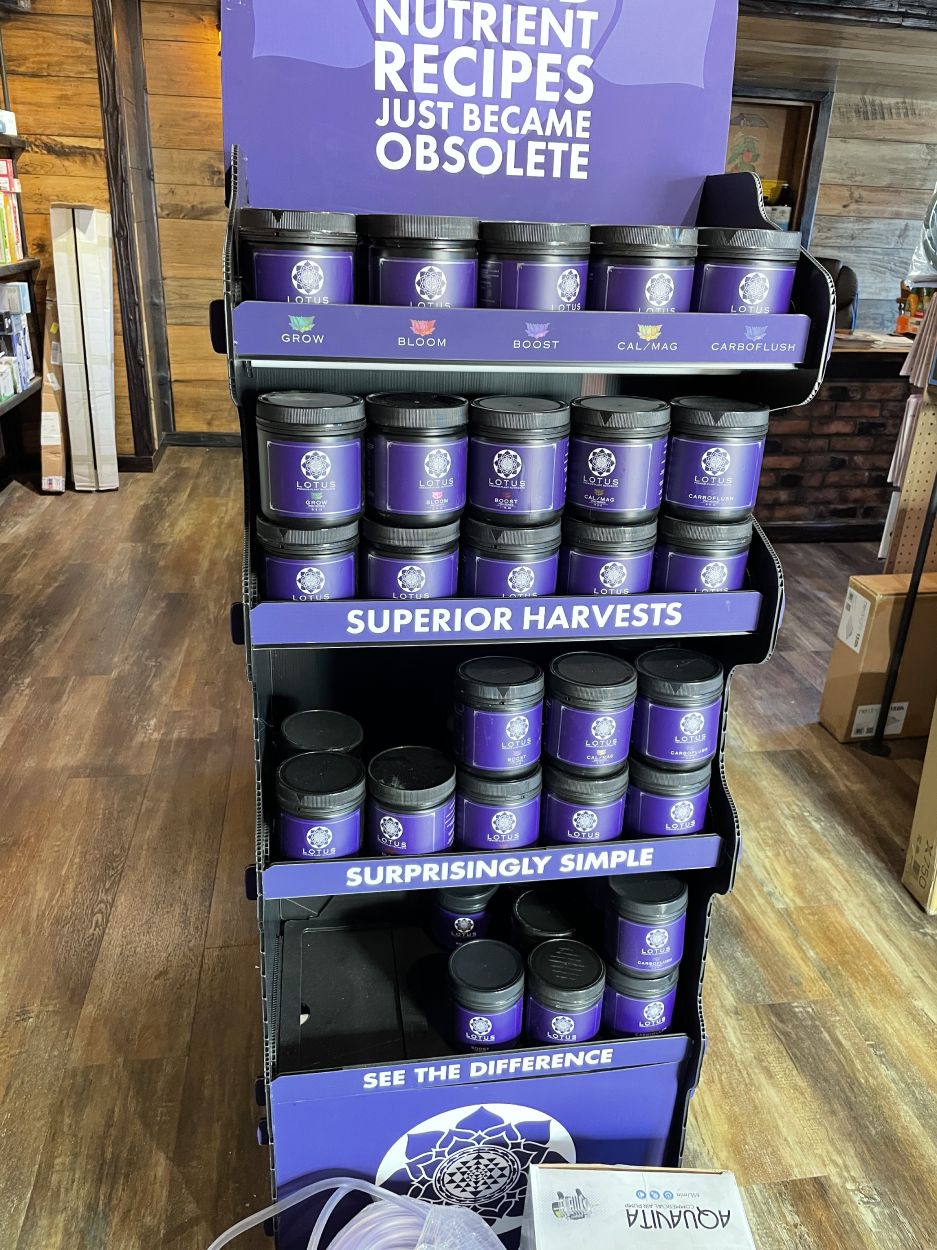Opening the Potential of Hydroponics: Comprehending Its Makes Use Of and Different Types
Hydroponics, a method of growing plants without dirt, has actually amassed raising focus for its possible to revolutionize farming and cultivation practices. As we navigate via the detailed landscape of hydroponic systems and strategies, it comes to be obvious that each technique holds unique advantages and restrictions.
Benefits of Hydroponic Solutions

Another advantage of hydroponic systems is the ability to grow plants in a smaller space. By eliminating the requirement for dirt, plants can be grown vertically or in stacked systems, making best use of the use of readily available room. This is specifically beneficial in metropolitan locations or regions with restricted arable land. Hydroponic systems reduce the threat of soil-borne conditions and bugs, as there is no soil to harbor these hazards. This brings about much healthier plants and lowers the demand for dangerous chemicals, making hydroponic farming a more environmentally pleasant and sustainable choice.
Typical Uses in Farming

Given the efficient water conservation and space-saving benefits of hydroponic systems, it appears that these ingenious agricultural methods have found common uses in various markets of farming. In typical farming, soil-based farming can be land-consuming and labor-intensive. Hydroponics supplies a remedy by permitting plants to be expanded without soil, lowering water use by approximately 90% contrasted to traditional farming techniques. This makes hydroponics especially suitable for areas encountering water deficiency or minimal cultivatable land. In addition, the regulated atmosphere of hydroponic systems enables year-round cultivation, giving a constant supply of fresh produce regardless of outside weather.
Hydroponics is commonly used for growing a range of plants, consisting of leafed greens, tomatoes, cucumbers, herbs, peppers, and strawberries. Furthermore, hydroponic systems are used in research study and instructional setups to research plant growing, nourishment, and growth methods.
Checking Out Different Hydroponic Methods
What are the different ingenious methods utilized in hydroponics to improve plant growing effectiveness and yield? Hydroponic systems provide a variety of approaches that provide to various plant types and cultivation objectives. One preferred technique is the Deep Water Culture (DWC) system, where plant origins are immersed in a nutrient service, offering ample oxygen and nutrients. An additional extensively made use of approach is the Nutrient Movie Method (NFT), which involves a superficial stream of nutrient option flowing over the plant origins, advertising water and nutrient uptake. Furthermore, the Ups and downs system, likewise known as the Flooding and Drainpipe system, intermittently floodings the plant origins with nutrient option, permitting oxygenation throughout draining pipes durations. click here for more info Aeroponics is one more advanced strategy that includes misting plant roots with a nutrient remedy, optimizing oxygen absorption and nutrient uptake. Each of these techniques showcases the convenience and effectiveness of hydroponic systems in improving crop development and yield.
Comparing Numerous Hydroponic Systems
Discovering the effectiveness and return enhancement methods in hydroponics leads us to contrast numerous hydroponic systems available for plant farming. Each hydroponic system has its unique features, advantages, and restrictions, making it essential for cultivators to pick the most suitable system based upon their details needs and restrictions.
One of the most usual hydroponic systems is the nutrient movie strategy (NFT), where a slim movie of nutrient remedy continually moves over the plant origins. In comparison, the deep water society (DWC) system immerses plant origins straight right into the nutrient remedy, giving enough oxygen and nutrients.
An additional preferred hydroponic system is the ebb and circulation (or flood and drain) system, which periodically floods the plant roots with nutrient service before draining it. This cyclic procedure makes certain correct oygenation for the roots while delivering nutrients efficiently. In addition, the aeroponic system suspends plant roots airborne and mists them with a nutrient remedy, advertising fast growth and high oxygenation degrees. Farmers trying to find a flexible system that minimizes water usage commonly select aeroponics. By recognizing the distinctions between these hydroponic systems, growers can make enlightened decisions to make best use of plant yield and top quality.
Advancements in Hydroponic Technology
With innovations in hydroponic innovation, view it the agricultural market is witnessing a change in the direction of a lot more lasting and efficient farming methods. Advancements in hydroponic innovation are revolutionizing the method plants are expanded by making best use of yields, saving sources, and decreasing ecological effect. One vital innovation is the advancement of clever hydroponic systems that utilize sensors and automation to check and adjust environmental conditions such as pH degrees, nutrient focus, and light exposure in real-time. These systems allow exact control over expanding conditions, resulting in ideal plant development and greater crop yields.
One more remarkable advancement is the integration of vertical farming techniques with hydroponic systems, enabling for the growing of crops in stacked layers. This vertical method maximizes space utilization, making it optimal for metropolitan atmospheres where land accessibility is limited - The Indoor Earthworm. Additionally, using advanced LED lighting systems customized to details plant needs has actually boosted power effectiveness and enhanced growth prices in hydroponic arrangements
Developments like these are driving the development of hydroponics, making it a sustainable and highly eye-catching choice for modern farming.
Conclusion
In conclusion, hydroponics uses numerous benefits in agriculture and learn the facts here now has various strategies and systems that can be made use of to optimize its potential. Advancements in hydroponic innovation continue to enhance effectiveness and sustainability in food production. By recognizing the uses and various kinds of hydroponic systems, cultivators and farmers can open the full possibility of this ingenious approach of growing plants without dirt.
Additionally, hydroponic systems permit for better control over nutrient degrees, pH balance, and environmental problems, leading to healthier plants and greater returns.
